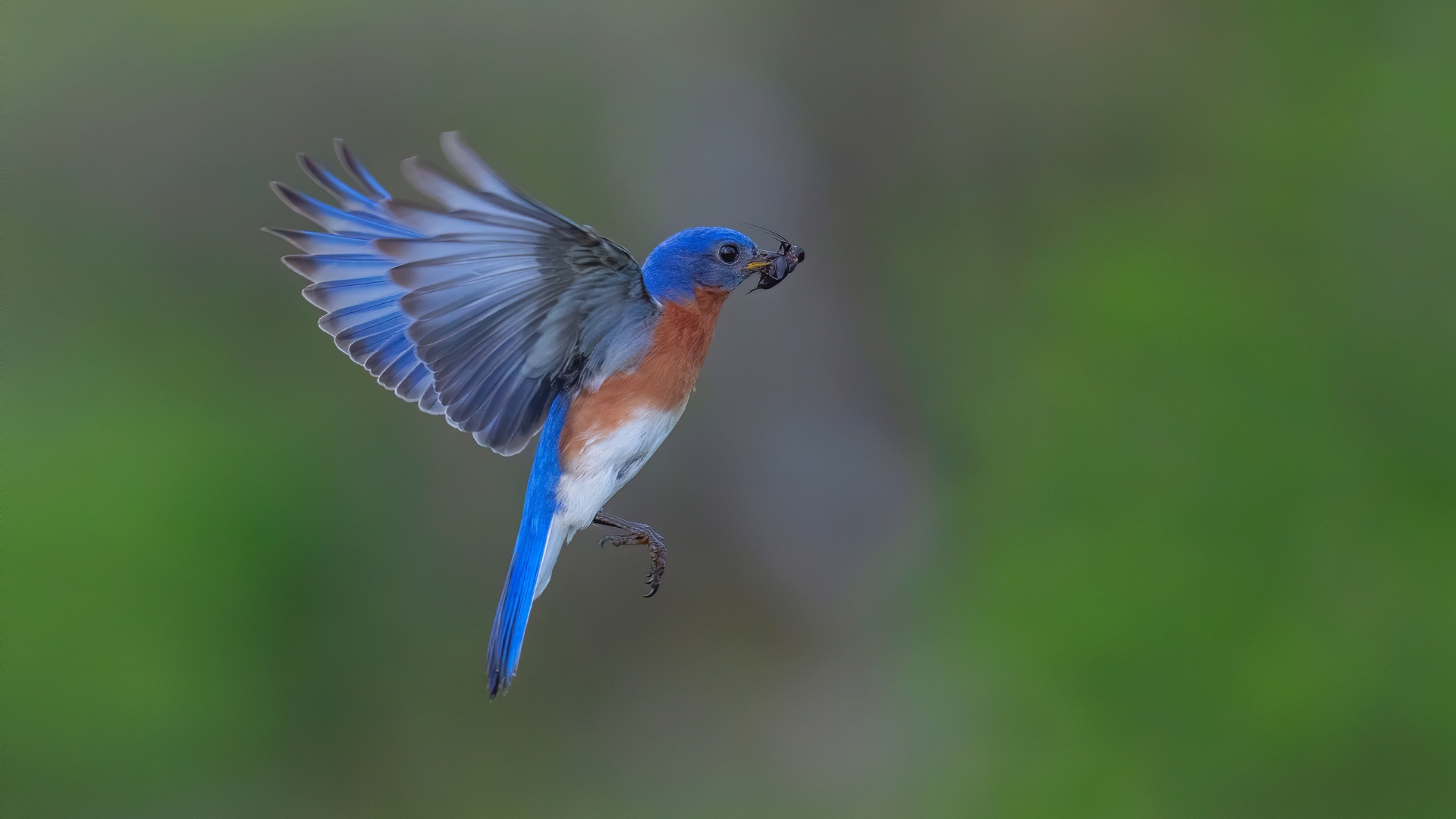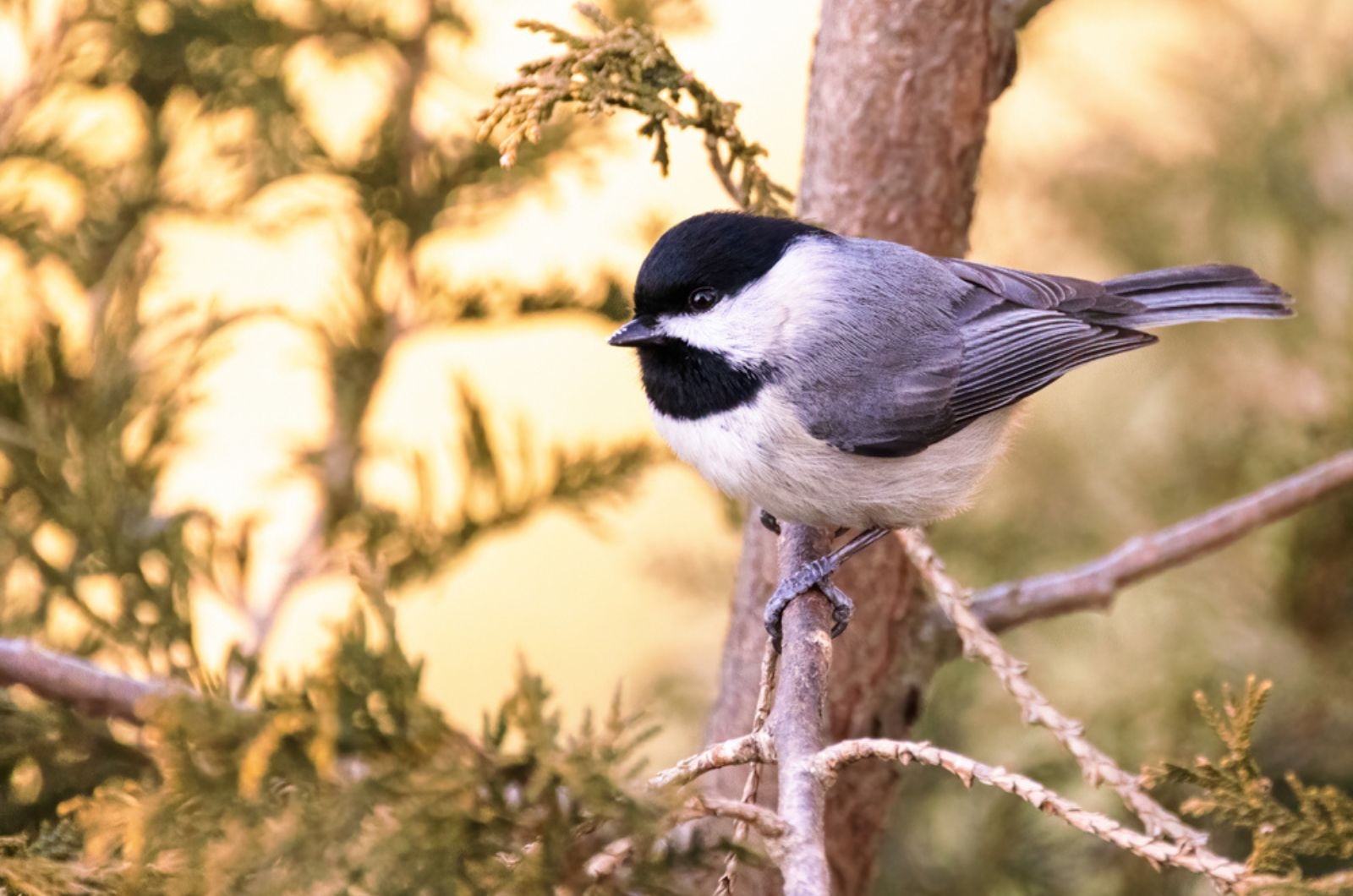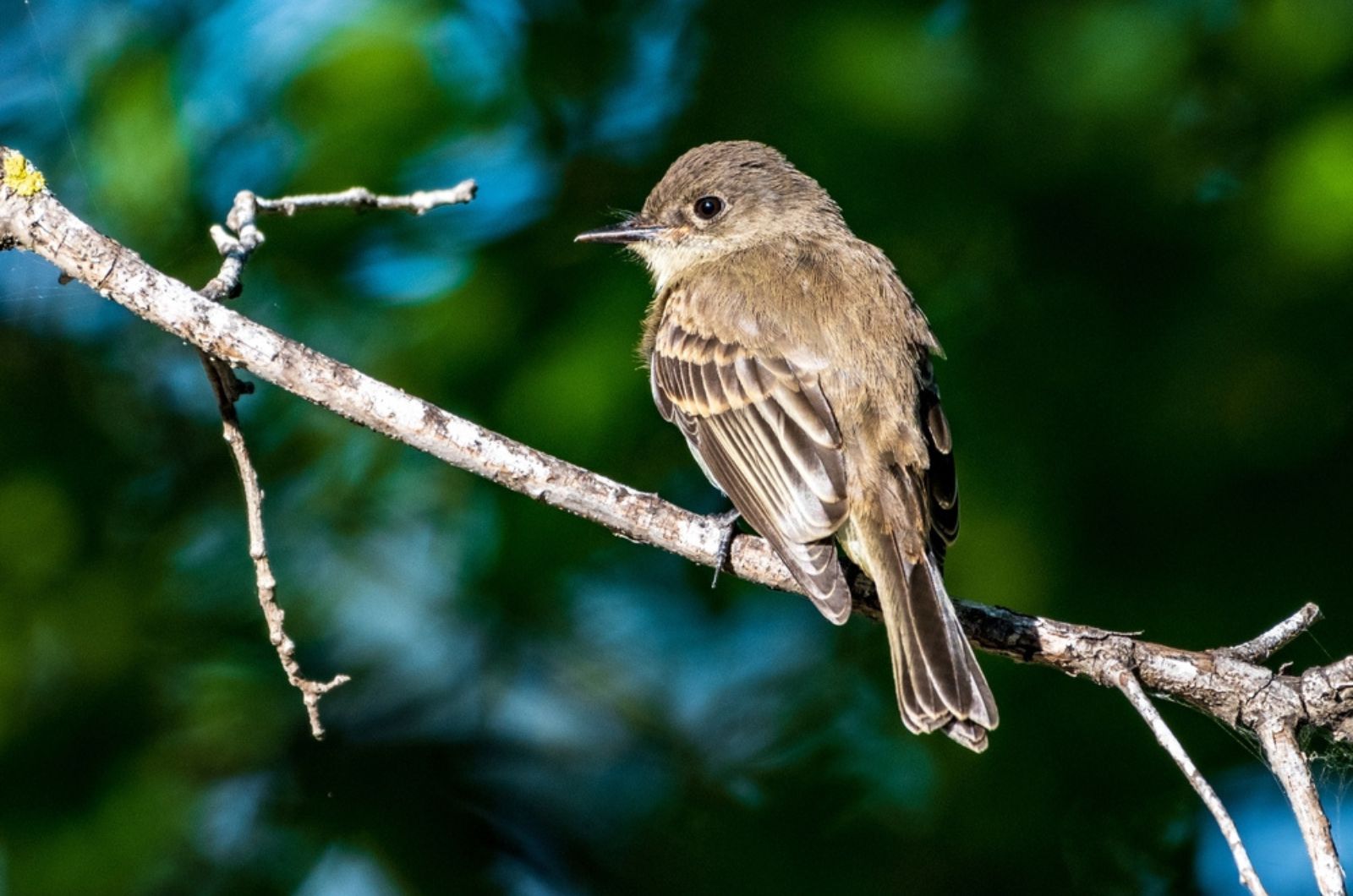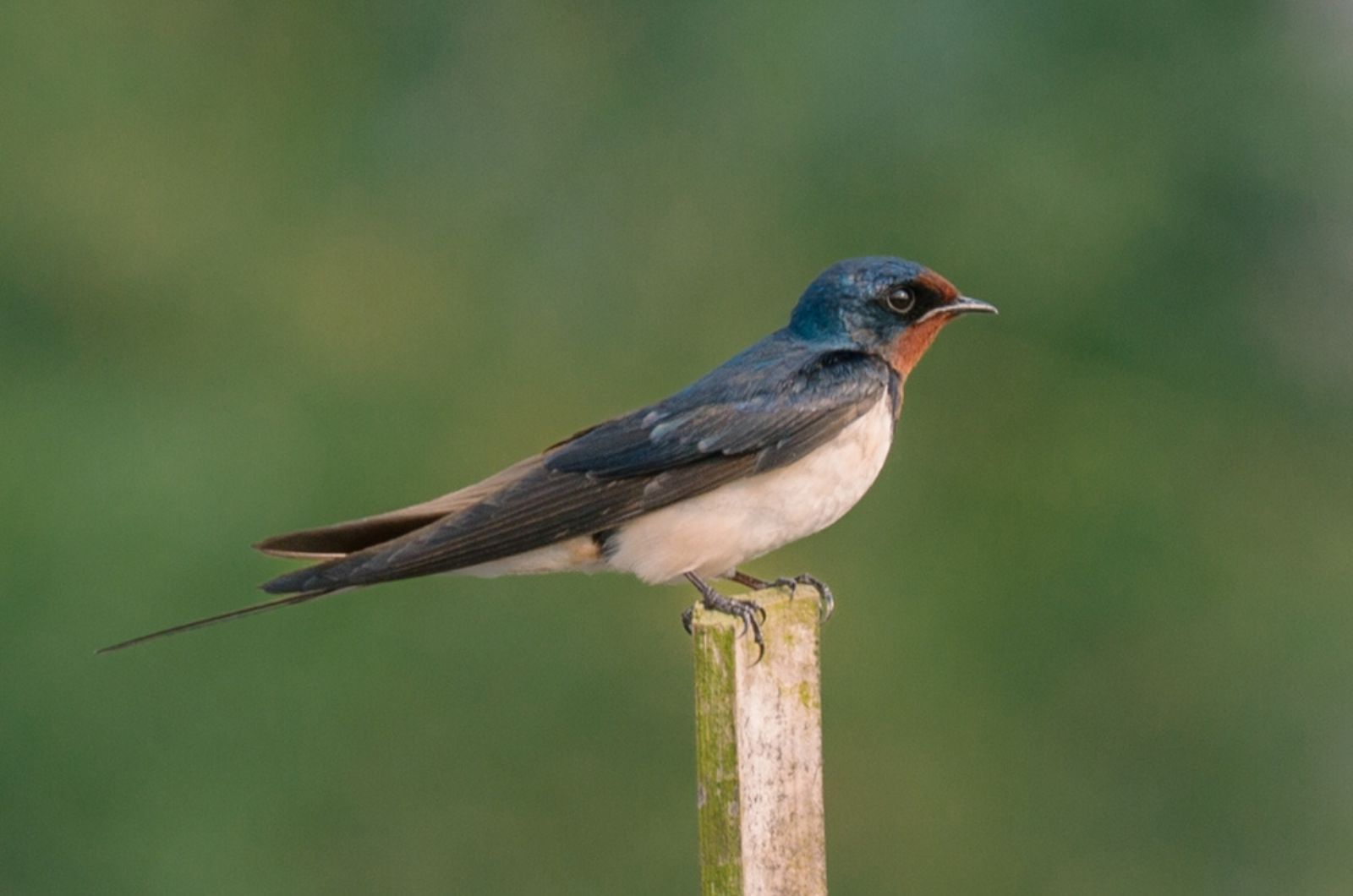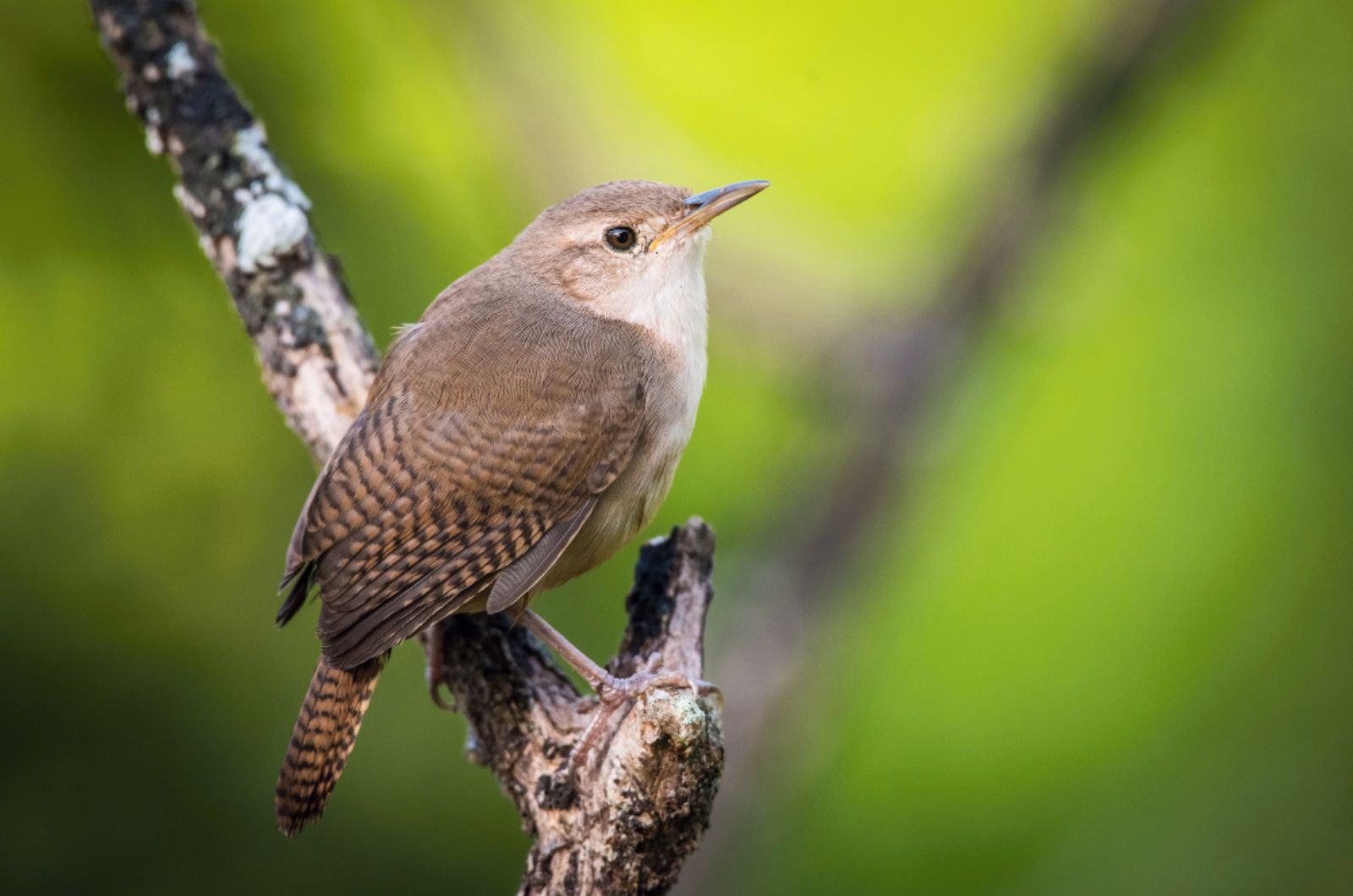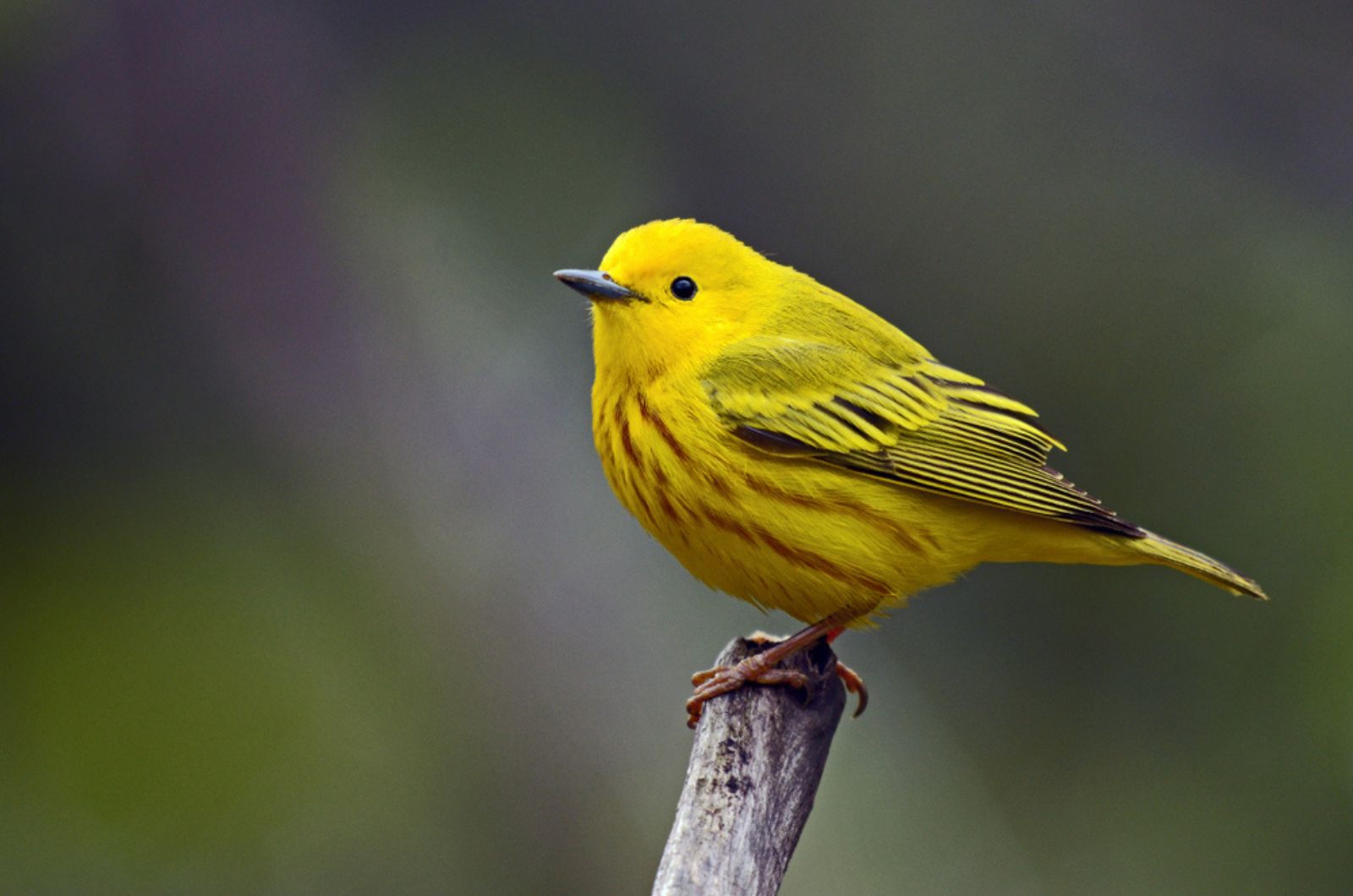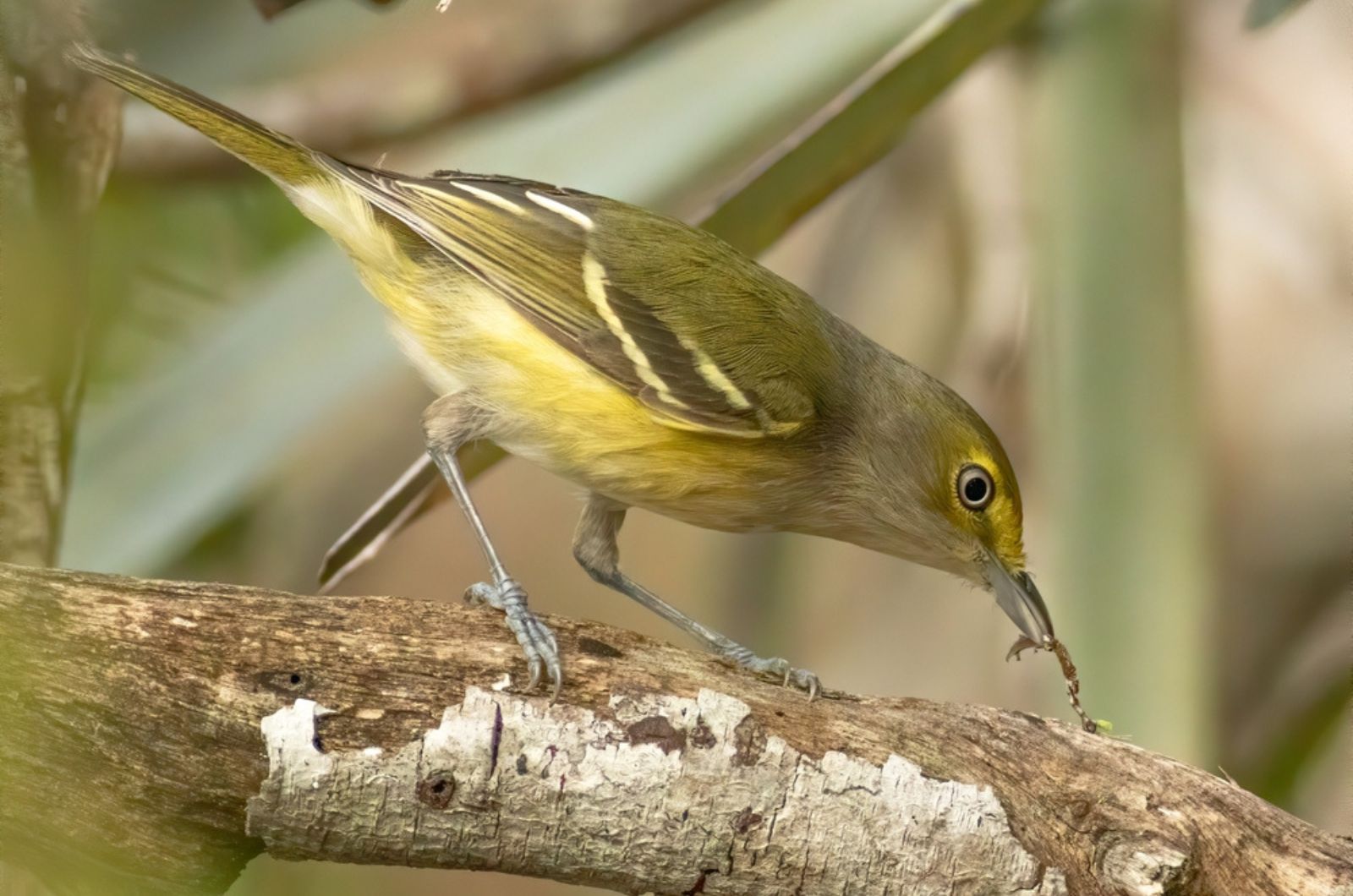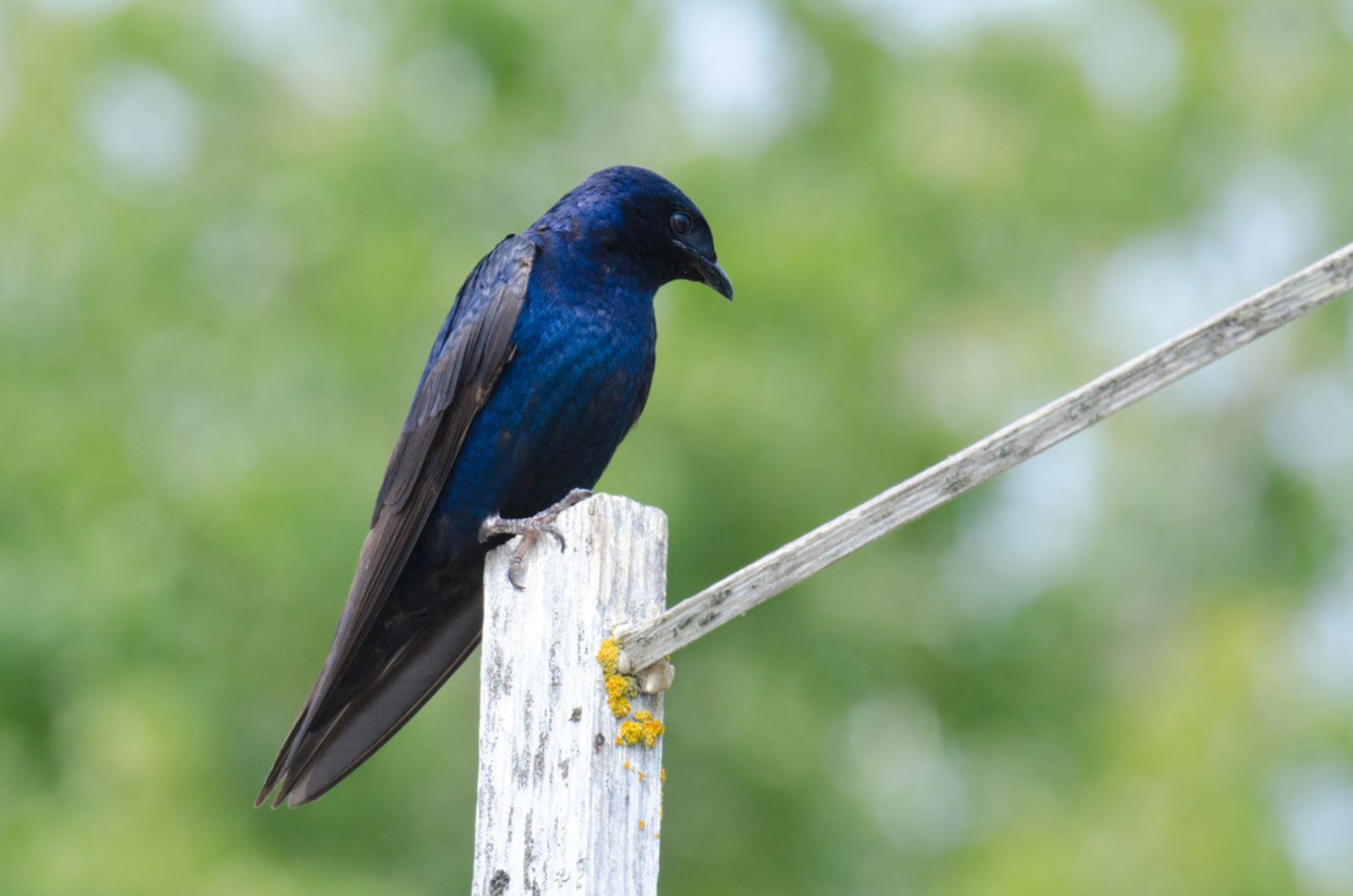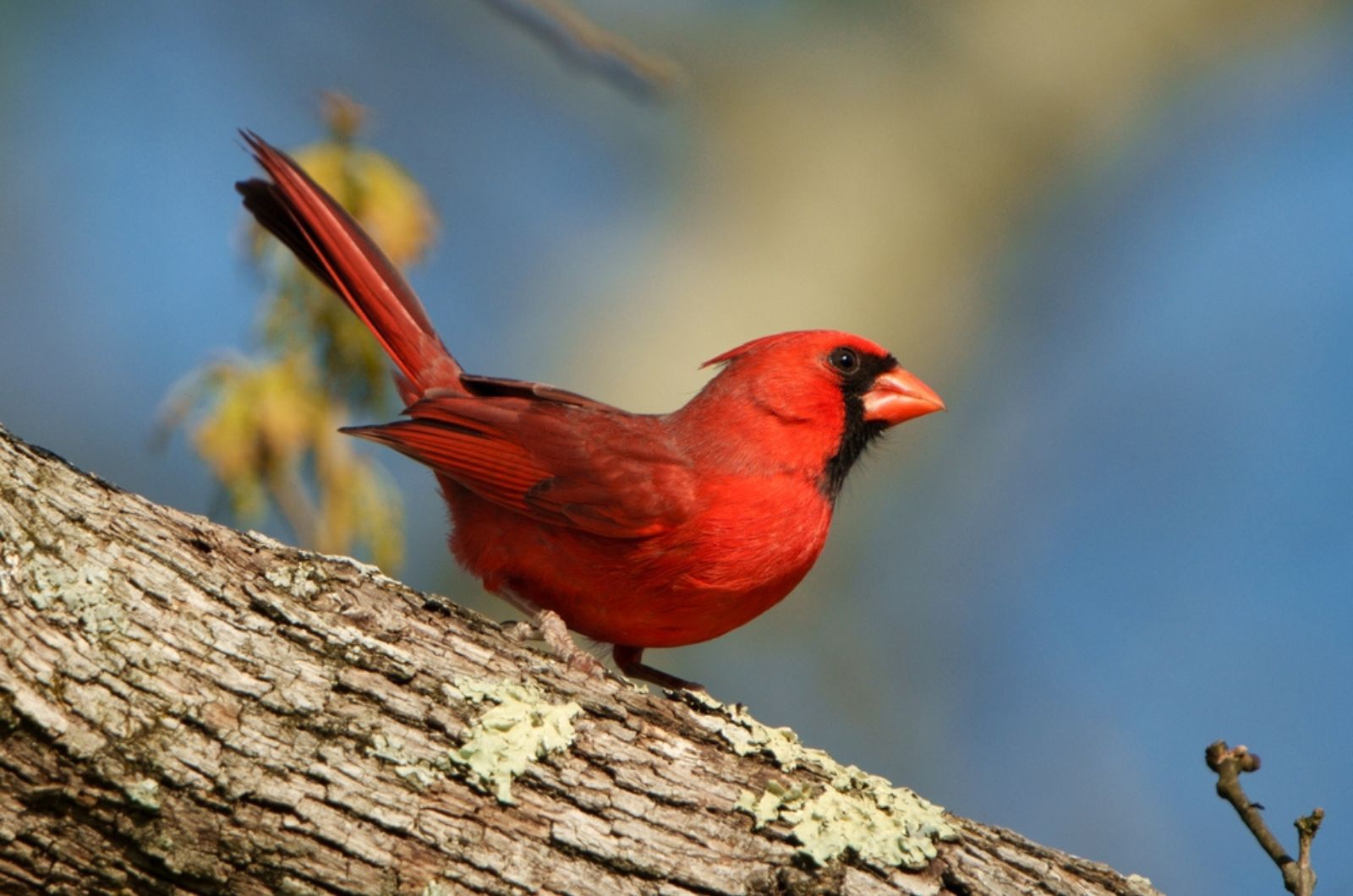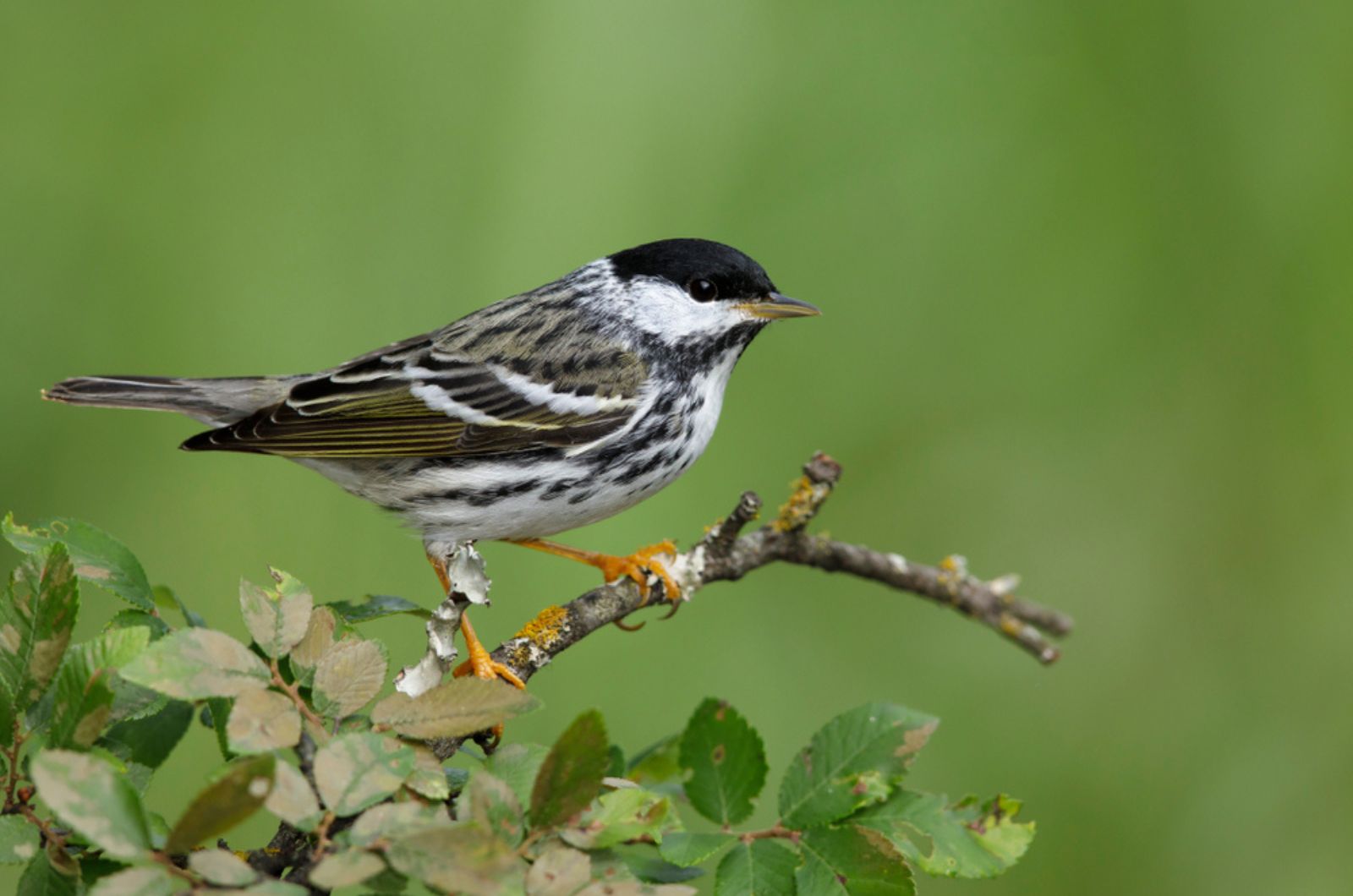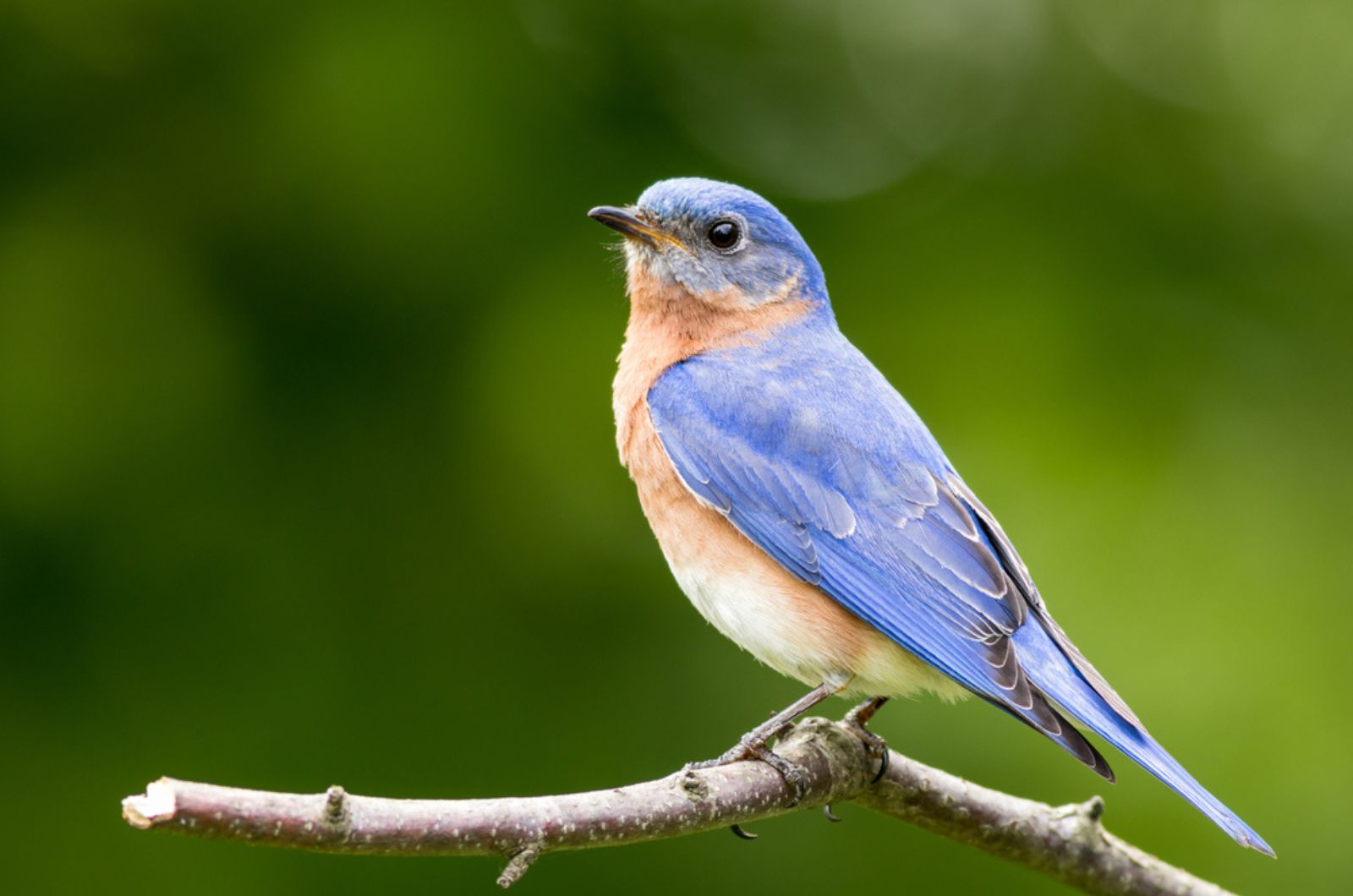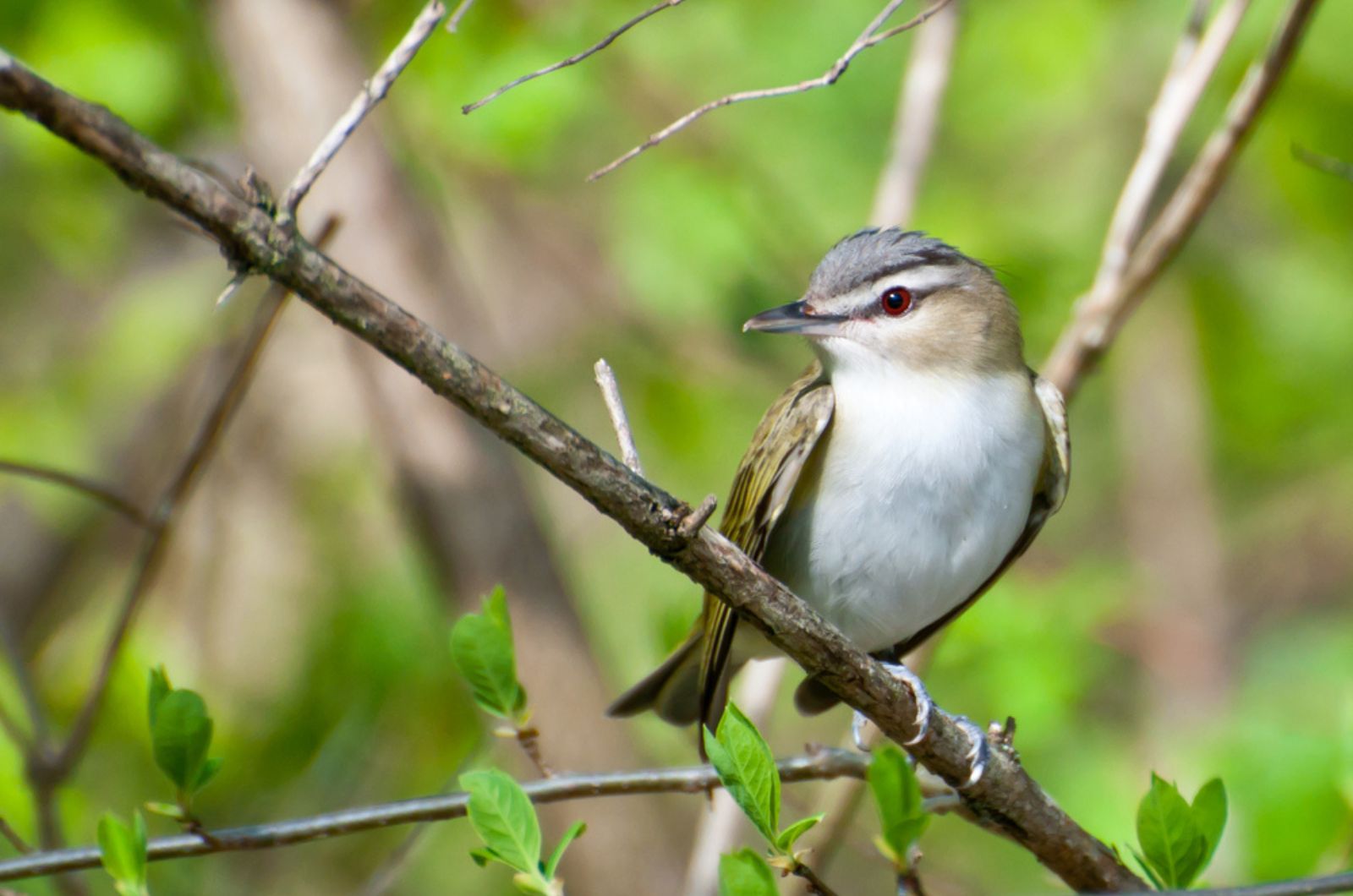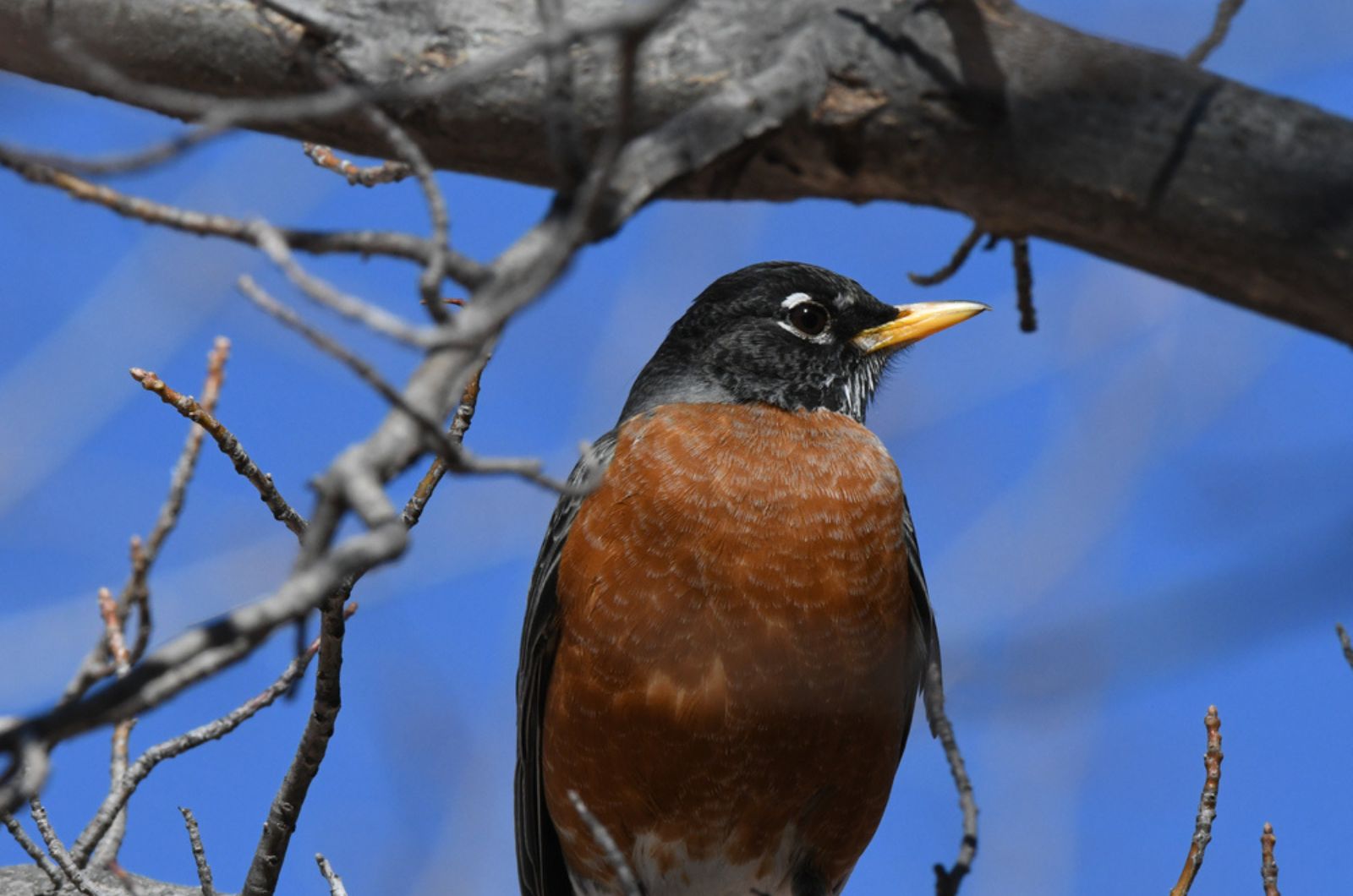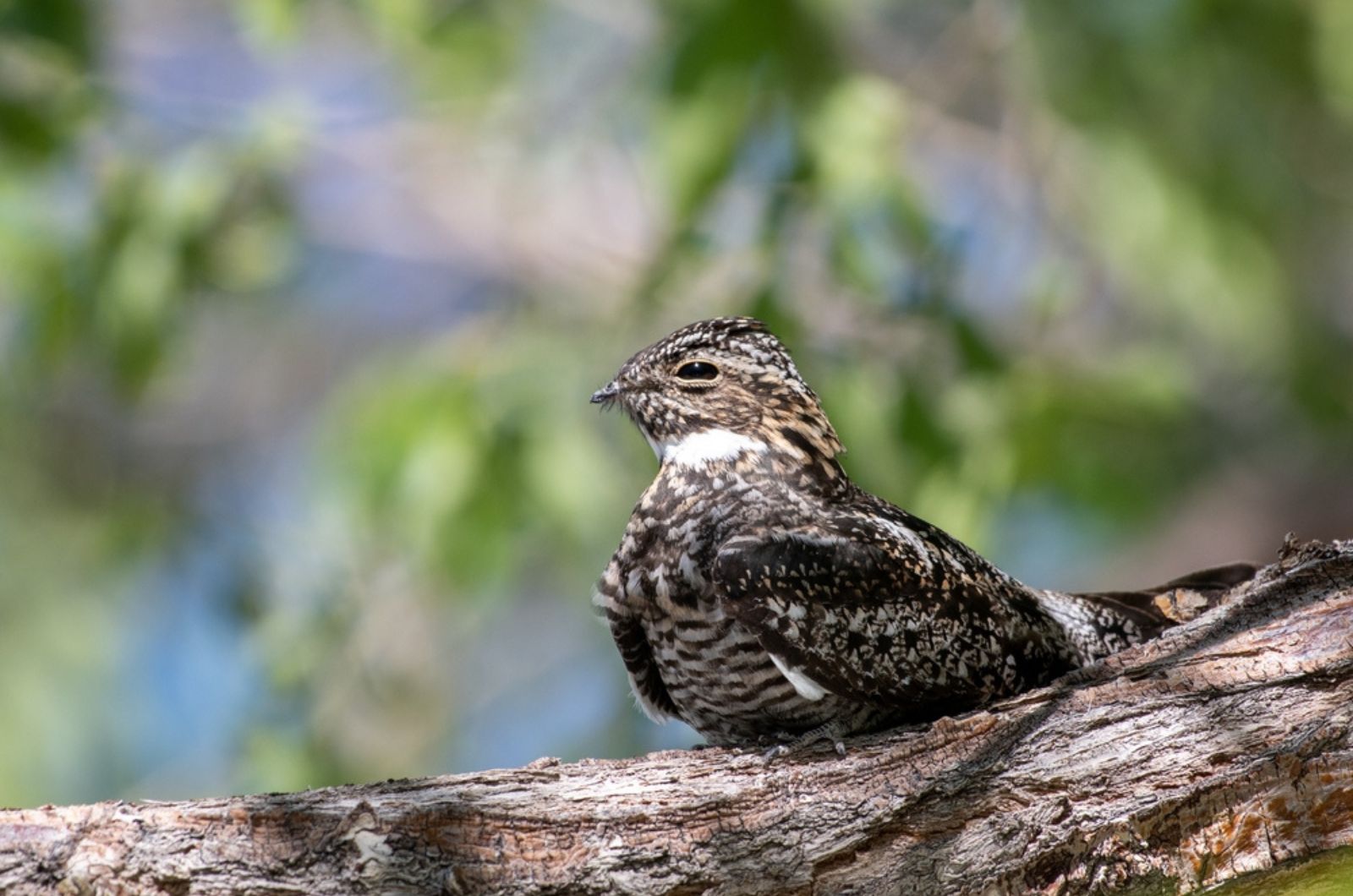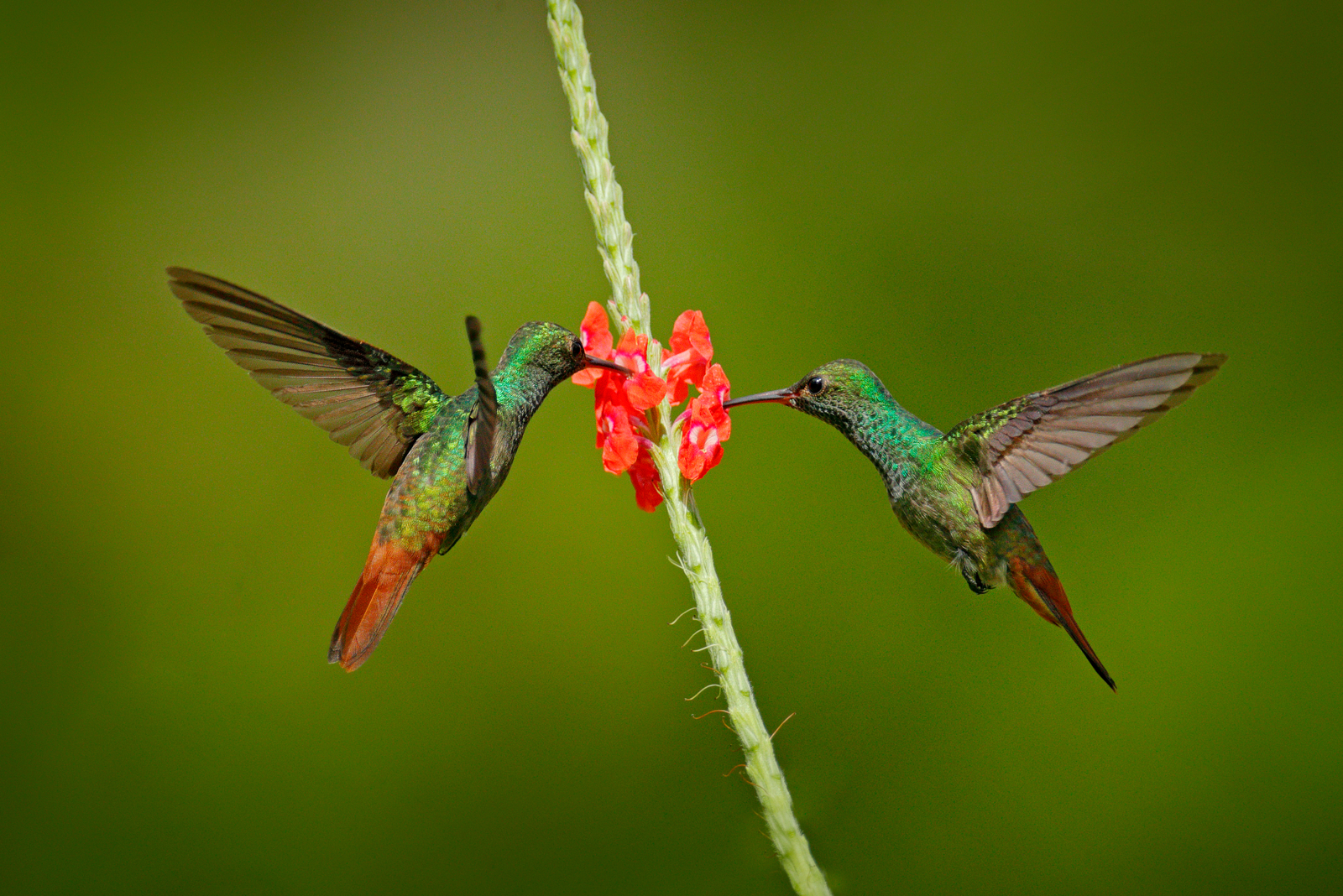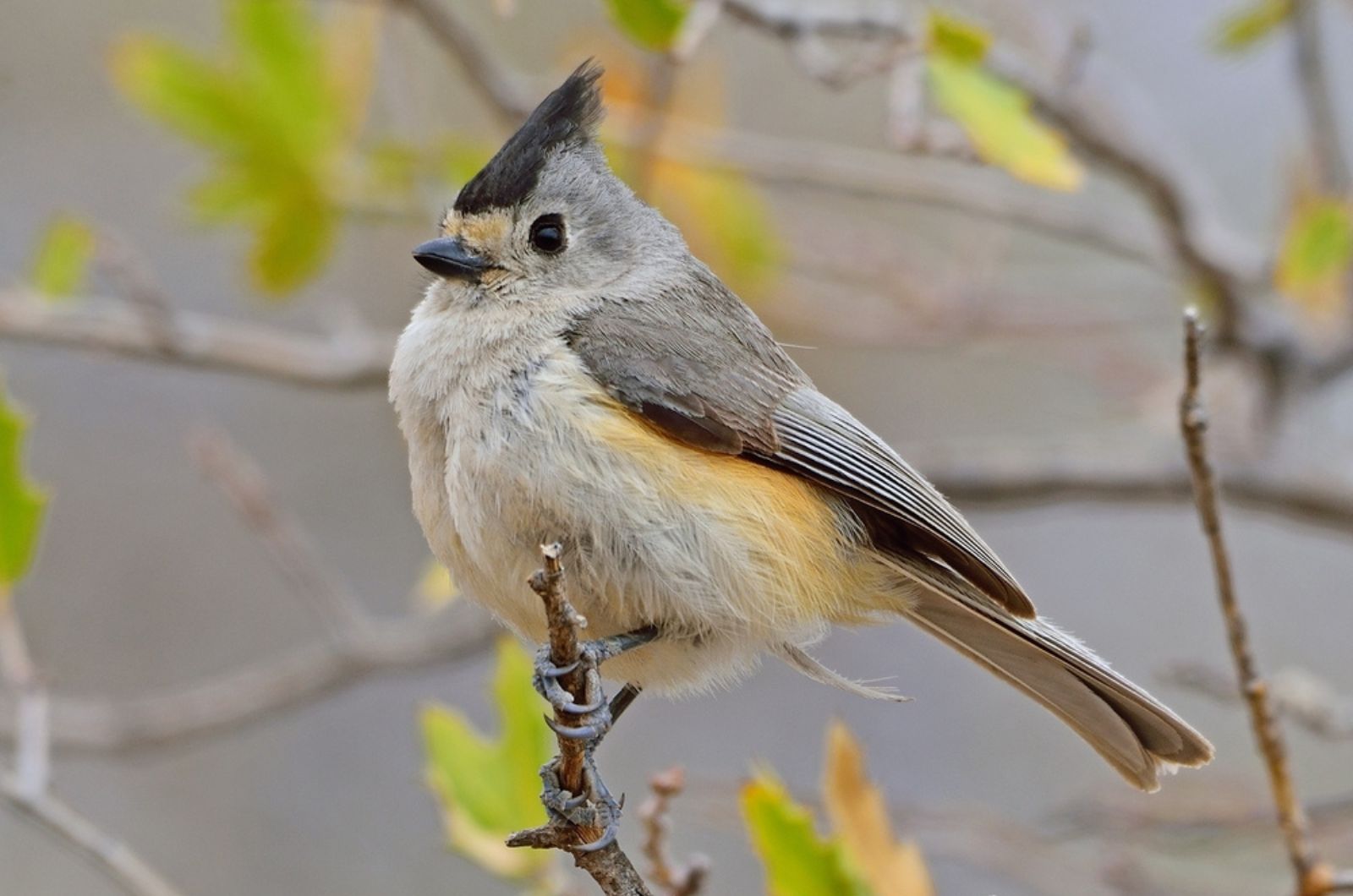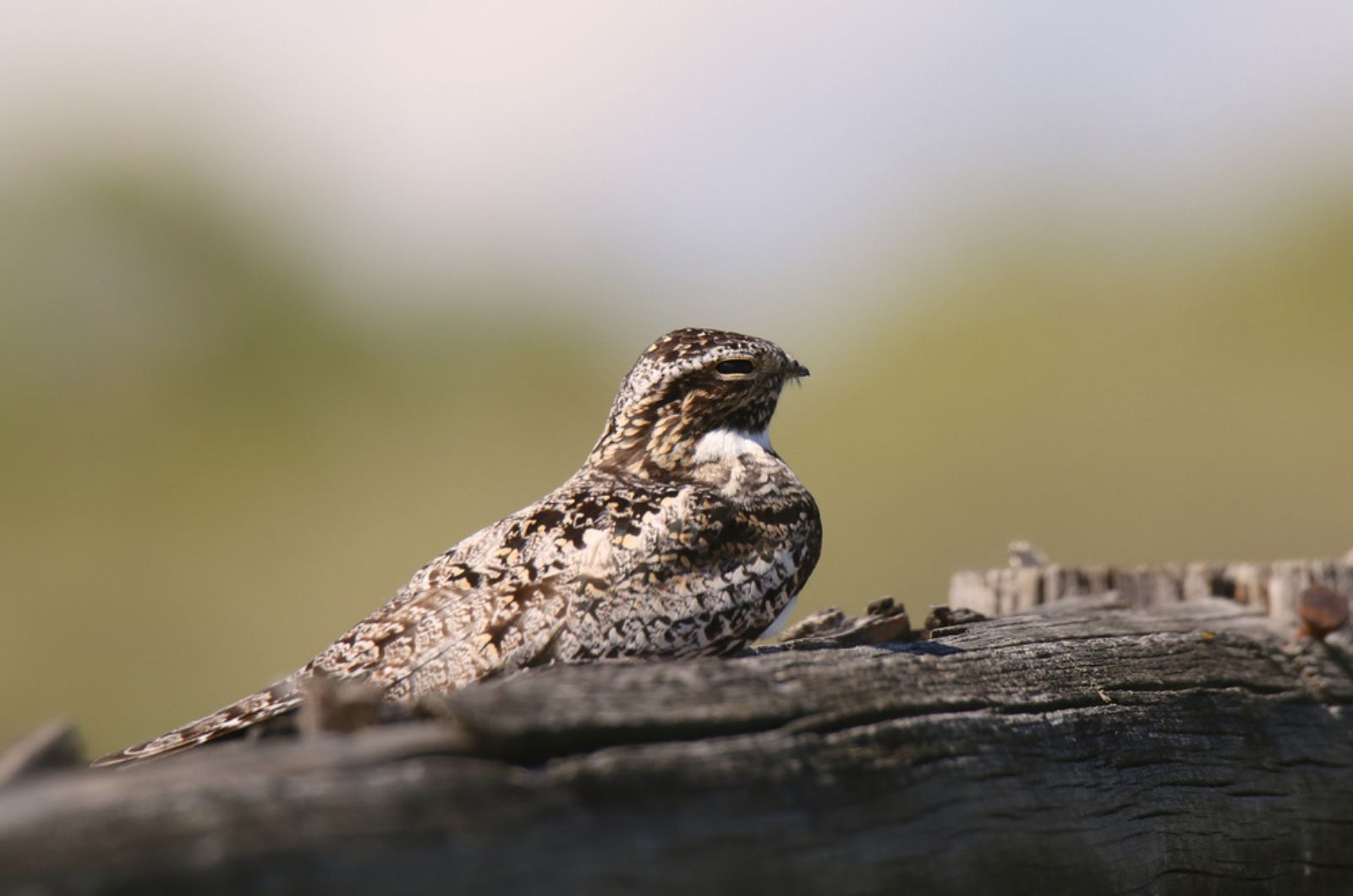Mosquitoes can be super annoying, especially in the summer. You can’t sit and enjoy your garden without these insects buzzing around and biting you.
So, if you are looking for a natural way to get rid of mosquitoes, let me introduce you to some mosquito-eating birds!
These winged wonders not only add beauty to our skies, but also serve as natural allies in the ongoing battle against pesky mosquitoes. The trick is to attract them to our backyards.
Luckily, we are here to help you. Keep reading to find out what bird species will help you eliminate these awful insects, and how to allure them.
1. Carolina Chickadee
Ever heard a “chick-a-dee-dee-dee” call? That’s the Carolina chickadee!
This is a small bird that usually lives in deciduous woodlands and suburban gardens. They often hide in the shelter of branches and leaves, making them effective mosquito hunters in the upper reaches of your garden.
Attract Carolina chickadees by putting out sunflower seeds, shelled peanuts, suet, or millet in bird feeders. Installing birdhouses and nesting boxes during the nesting season will also support them.
However, you can also put out pet fur that birds will use as a nesting material.
Related: Invite Killdeer Birds To Your Garden With This Simple Addition
2. Eastern Phoebe
If you live in warmer climates, Eastern phoebes will help you control mosquitoes from early spring through late fall. They feed on a range of berries and insects, so growing fruiting vines will help you attract them.
The Eastern phoebe is a flycatcher looking for perches in open spaces. Keep an eye on fence lines, tree branches, or even garden structures like trellises and arbors.
Spotting them in these elevated and open locations is a good sign that they are patrolling your garden for flying pests.
3. Barn Swallows
With their distinctive forked tails and acrobatic flight, Barn swallows are a welcome sight in gardens and open areas. These birds often build their mud nests in sheltered spots like barns, sheds, and underneath overhangs.
While most gardeners don’t like these birds due to the mess they make, Barn swallows can capture up to 850 insects in just one day!
Provide them with crushed eggshells or oyster shells and mud sources for their nesting.
4. House Wren
The House wren can be normally found in the gardens of North, Central, and South America. They are known for their energetic and busy nature, making them efficient hunters in the lower layers of your garden.
Attract House wrens by providing them with nesting boxes, bird baths or other water sources. Listen to their cheerful song as they go about their important work keeping your outdoor space insect-friendly.
Related: Grow These 9 Trees To Attract Songbirds Into Your Backyard
5. Yellow Warbler
The vibrant Yellow warbler, adorned in bright yellow plumage, is often found in open woodlands and shrubby areas. They are able to catch insects mid-flight, but also seek them among the leaves.
However, they are skittish around humans and it’s quite hard to attract them. Put out plenty of low-lying foliage, flowers, shrubs, or any other material that will help them stay hidden.
Maple trees, oak trees, birdbaths, and other water sources can also help you attract Yellow warblers.
6. White-Eyed Vireo
With a distinctive white eye-ring and a lively personality, the White-eyed vireo prefers dense thickets and scrubby habitats. Spot them in the lower branches of bushes or tangled vegetation in your garden.
These birds are efficient insect hunters, including mosquitoes, and their preference for lower-level perches makes them valuable contributors to mosquito control in your outdoor space.
7. Purple Martin
If other insects are present, Purple martins may not always catch a lot of mosquitoes, but they will contribute to a decline in their population.
You can look for their distinctive, gourd-shaped nests on high perches like specially designed martin houses or tall trees. Providing martin houses can attract these birds to your garden, enhancing natural pest control.
8. Northern Cardinal
The striking red plumage of the Northern cardinal is often a highlight in gardens. While they are known for their seed-eating habits, Cardinals also consume insects, including mosquitoes.
These birds can be found in the lower branches of trees and shrubs, especially in areas with dense vegetation. They will also stick around during the winter season, adding vibrant colors to your otherwise dull winter landscape.
Related: 5 Tips for Attracting Cardinals To Your Backyard Haven
9. Blackpoll Warbler
During migration season, the Blackpoll warbler passes through various habitats, including gardens. These small birds can be found in the upper branches of trees, where they actively prey on insects.
Attract warblers by installing a fountain or birdbath. While their stay may be temporary, Blackpoll warblers play a role in keeping mosquito populations in check as they pass through your garden.
10. Eastern Bluebird
Charming bluebirds are a lovely addition to any garden. These innocent-looking birds can devour up to 2,000 mosquitoes a day!
Set up perches, fences, birdhouses, and feeders filled with mealworms if you want to attract them. However, they are quite territorial, so they might prevent other birds from entering your yard.
This might be useful: This Simple Ingredient Will Make Your Bird Feeder Irresistible!
11. Red-Eyed Vireo
This is another vireo species that’s recognized as an excellent mosquito-eating bird. While they extend upstream along the eastern states and well into Canada, Red-eyed vireos can be found in the same area as White-eyed vireos
While primarily insectivores, they contribute to mosquito control as they actively eat insects from the leaves, making them beneficial visitors to your garden.
Planting fruiting shrubs and vines, such as elderberry or Virginia creeper, and adding low-lying foliage where the birds can hide, will help draw in these birds. You should also try to limit the use of pesticides.
12. American Robin
The iconic American Robin, with its red breast, is a familiar sight in gardens and lawns. While they are known for their appetite for earthworms, they also consume insects, including mosquitoes.
By providing mealworms in the bird feeder and maintaining damp leaf heaps that will support invertebrates, you can draw robins to your yard. Berries are a favorite feast for robins, so having a berry shrub or two in your garden will attract them even more.
13. Common Nighthawk
The Common nighthawk is one of the best birds for managing mosquitoes because they hunt during the day and night. Spot them in the evening sky as they perform aerial acrobatics, catching insects as they fly!
They can be tricky to attract, but they’ll definitely come into any garden that is filled with insects. Plus, they love flat surfaces to rest and make nests.
Related: Here’s Why Having A Cooper’s Hawk In Your Yard Is Not Good
14. Hummingbirds
There’s a lot of reasons why you should attract hummingbirds into your garden, and one of them is to reduce the mosquito population. These birds are fast and catch insects mid-air.
Providing nectar-rich flowers and hummingbird feeders can attract these agile creatures to your garden, adding a touch of vibrant beauty while aiding in mosquito control.
This might be useful: 10 Best Flowers For Attracting Hummingbirds Into Your Garden
15. Black-Crested Titmouse
Recognizable by its black crest, the Black-crested titmouse is an agile bird that will feed on mosquitoes and their larvae. Attract them with seeds, fruits, and mealworms in their bird feeders, but also by growing natural berries in your garden.
Look for them in the upper branches of trees, particularly in oak and juniper woodlands. These birds actively search for insects in the foliage. You can also put out birdhouses or nesting boxes while the nesting season lasts.
16. Common Poorwill
The Common Poorwill is a nocturnal bird known for its insect-catching prowess during the night. These birds are similar to the abovementioned nighthawks, but they are much smaller in size.
Since they frequently hibernate briefly to maintain their warmth and vigor, their native name, “Hopi,” translates to “the sleeping one”. They will swoop up from the ground to capture insects in their large beaks when they sense them nearby.
Although primarily insectivorous, they are especially skilled at capturing moths and other flying insects, contributing to mosquito control. The common poorwill likes shrubs and leaves and sandy or rocky clearings.
This might be useful: Watch Out For These 15 Common Garden Pests!

